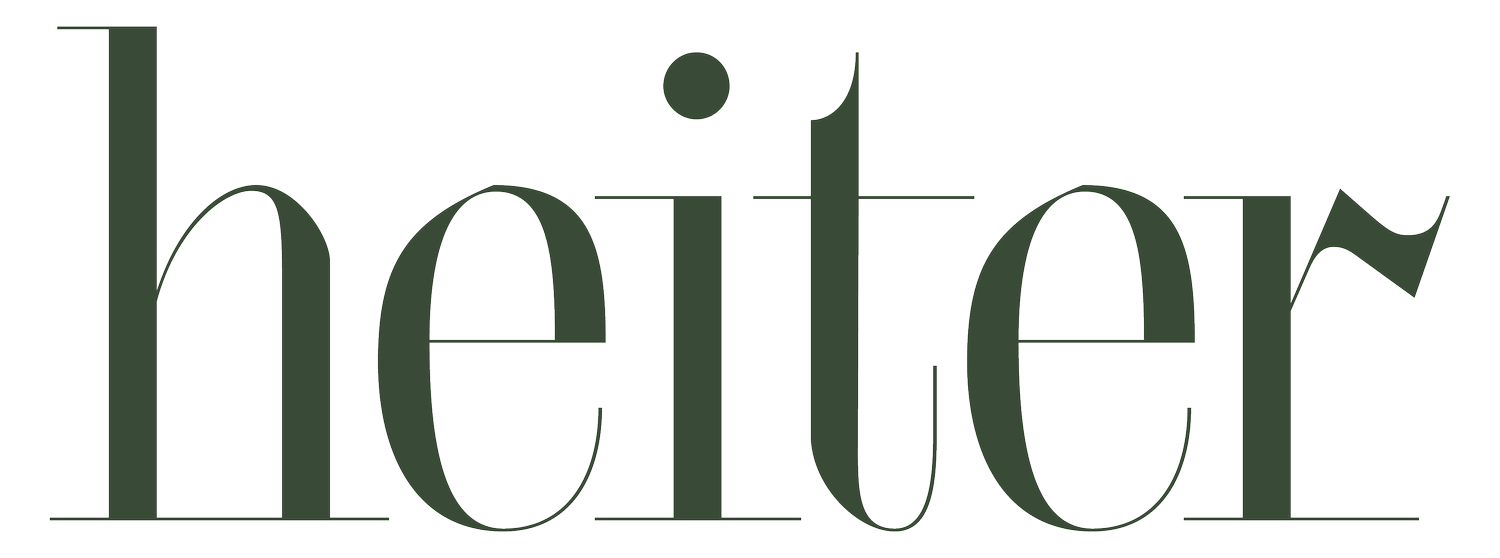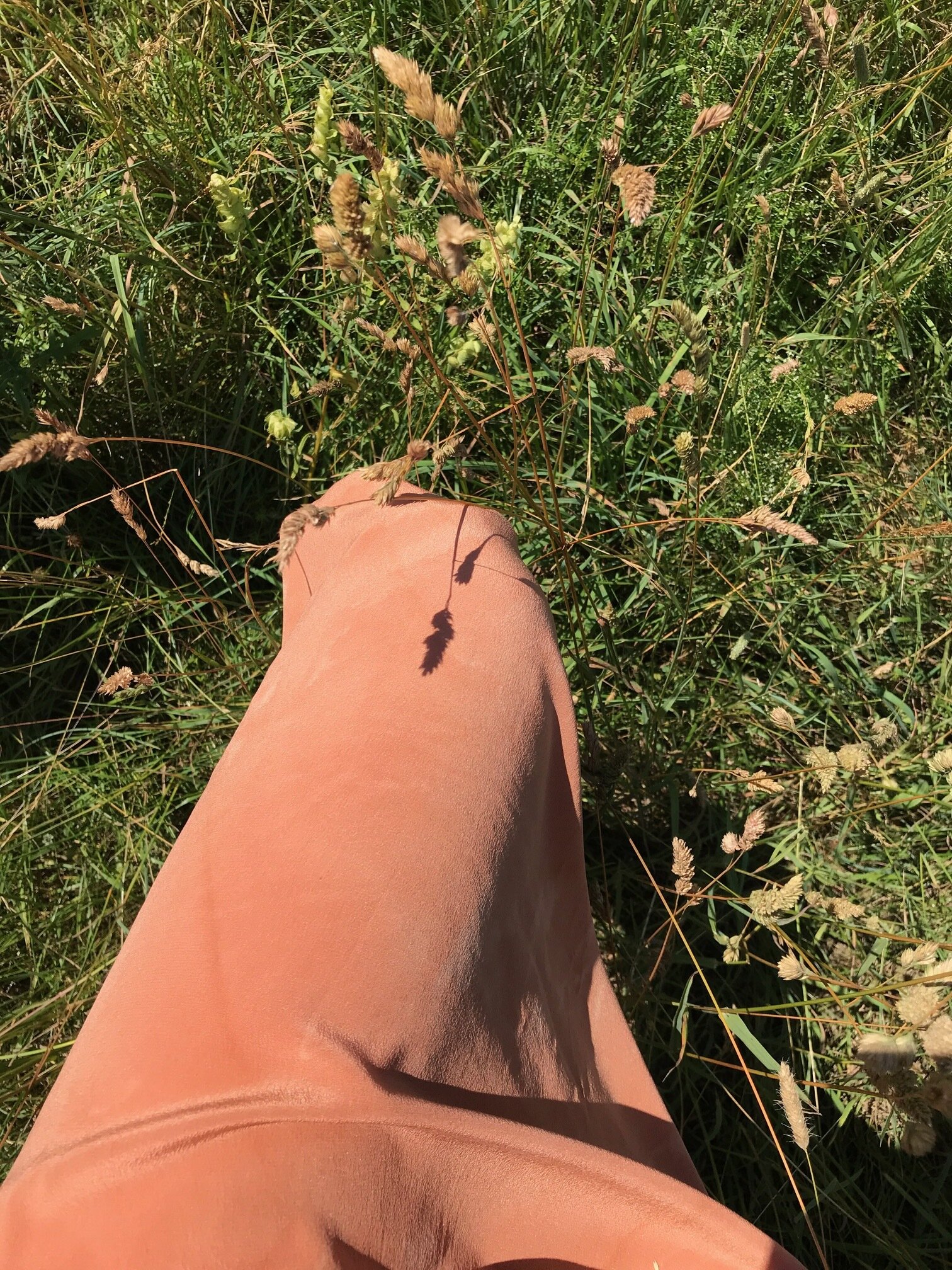How to make your small business marketing more like you
When I look back at how marketing felt in the early days of my business, I remember two things most vividly. I felt like I had to do a whole other job next to my business, next to the things I wanted to be doing—a job that I was not exactly equipped to do. And having to market my business felt like I had to put my own needs and desires aside. I told myself to push through and force myself to follow the rules the marketing gurus came up with.
Needless to say, that way of marketing didn’t really work for me. Even though I took courses, listened to podcasts and tried many different kinds of content and marketing plans, I could never stick with them. I felt burned out, uninspired, and frankly pretty gross too.
In this post, I’ll share how I shifted my marketing, and how you too can make your small business marketing more like you.
Since those early days, I’ve heard similar stories from other small business owners and creatives. Marketing feels like a necessary evil. It feels like playing a game that they don’t know the rules of. They feel like they need to throw their values out the window in order to keep up with the platforms and algorithms.
The change for me came in a moment of feeling thoroughly fed up. It was 2021, and I had just tried yet another marketing strategy that was supposed to help me grow my business in all the ‘right’ ways. I yet again felt overwhelmed, uninspired and resentful about having to share about my business (the business I loved!) this way.
What followed was a shift in my marketing in which I radically stopped doing the things I didn’t enjoy, and doubled down on the things I did. I looked at how I could incorporate more of my own strengths in my marketing. And I kicked the strict schedules to the curb, and landed on a spacious and sustainable frequency for the marketing I did.
I discovered three things that I’ve since shared with many of my clients and the participants in my gentle and effective marketing programme Grow.
#1 Choose the marketing platforms and channels that you’re most comfortable with
This is my permission slip for you to use only the marketing platforms and channels you enjoy. If it’s not working for you, your strengths and joys, you can either outsource it, or focus on other channels instead.
When I decided which channels and platforms to keep using and which ones to leave, I thought about where my strengths lie, and what gives me joy. But I also thought about whether a platform rewarded my presence, and thereby ‘forced’ me to spend a lot of time on it, whether it’s easy to discover my content, and how long the content lasts.
#2 Settle on a marketing schedule that works for you
One of the reasons that social media doesn’t work for me is that platforms like Instagram reward content creators for posting often and spending (a lot of) time on the platform. Although I’ve made some lovely connections through Instagram, having to post there multiple times a week put too much pressure on me.
I don’t do any marketing weekly—at least not live. My Pinterest pins are scheduled, and my newsletter goes out twice a month. For me, this is a schedule that works.
Many of the small business owners and creatives I speak to run their business next to a 9-to-5, a family, other care responsibilities or with a chronic illness. And they don’t have big marketing teams working for us.
The only way you will be able to keep up with your marketing and not burn out doing so, is to create a schedule that is sustainable for you. If looking at your schedule makes you feel pressured or overwhelmed, you need to decrease the frequency on something, or take it out completely.
#3 Lean into your creativity and authenticity
Once I started making my own rules for marketing my small business, I was surprised by how good marketing started to feel. Previously, I wasn’t even able to say the word ‘marketing’ without cringing. Now my marketing became a joyful and authentic way of sharing about my business.
Because I was now marketing using platforms and channels that drew on my strengths and joys, I did not only feel much more intentional, but also more confident. It became easier to share about my business, to come up with topics to write about in my newsletter, and connect with my audience through lovely resources.
And I’m saving so much time! Because marketing feels easier, it takes less time—and marketing has come to feel organic to my business rather than an additional job that I have to do.
Which of these strategies will you try first?
Grow is my 4-month hybrid group programme in which I support you to market intentionally and confidently, in a way that is all you. Grow is truly designed with your humanness in mind. Not only is the programme hybrid, creating a balance of accountability and working at your own pace, the marketing strategy I teach you is rooted in you, in your business, in your life.
Grow will run from 15 March to 15 July 2025, and is for sale from February 27th to March 14th. And, if you join the waitlist, you get a 10% discount during the early-bird window (24-26 February), and some of my favourite marketing bonuses. Find out more on the sales page, or send me a message with any questions you might have. I’d love to welcome you to the programme!
Astrid is a mentor for small businesses, supporting them to build a slower, gentler and more profitable business. She's on a mission to change how we feel, think and talk about business, and about kicking the hustle and productivity culture to the curb. Astrid supports small business owners and freelancers through 1:1 mentoring, courses, programmes and her writing.
Image by tobetold by Lena Kinast













